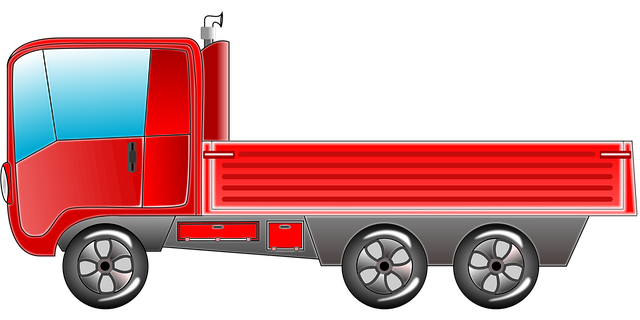Learn how to register your car in California with our step-by-step guide. This process involves understanding key requirements, gathering essential documents, performing a DMV VIN verification, completing application forms accurately, and paying registration fees. We’ll walk you through each phase, ensuring a smooth experience. Optimize your search with ‘dmv vin verification’ to find everything you need for a successful car registration in California.
- Understand California Car Registration Requirements
- Gather Necessary Documents for DMV Visit
- Perform VIN Verification: Steps & Importance
- Complete Application Forms Accurately
- Pay Registration Fees and Obtain Plate Stickers
Understand California Car Registration Requirements

Before registering your car in California, it’s crucial to understand the state’s specific requirements for vehicle registration. The California Department of Motor Vehicles (DMV) mandates several steps and verifications to ensure compliance with local laws. One critical aspect is the DMV’s Vehicle Identification Number (VIN) verification process. This involves confirming the authenticity of your car’s VIN through a reliable source, such as an official database or a trusted mobile vin verifier.
A mobile vin inspection service can play a significant role in this procedure by offering convenient and accurate VIN verifications. These services use advanced technology to cross-reference the provided VIN with comprehensive databases, ensuring its validity and historical integrity. By utilizing these modern tools, like a mobile vin verifier, you streamline the registration process, making it faster and more efficient for both individuals and dealerships.
Gather Necessary Documents for DMV Visit

Before heading to the California Department of Motor Vehicles (DMV) office, make sure you gather all the essential documents required for car registration. This process typically involves verifying your vehicle’s identity through a DMV VIN verification, which ensures that the vehicle matches the details in your documentation. Key documents include your driver’s license or state ID, proof of insurance, and the certificate of title (or purchase agreement) from the previous owner. If you’re transferring registration, you’ll also need a signed power of attorney from the seller.
Additionally, consider having a mobile VIN inspection done prior to your visit to streamline the process. Many services offer this, allowing you to receive a digital report with your vehicle’s detailed history and current status, which can be invaluable when dealing with any potential issues or discrepancies at the DMV.
Perform VIN Verification: Steps & Importance

Before registering your car in California, it’s crucial to perform a Vehicle Identification Number (VIN) verification, often referred to as dmv vin verification. This process ensures that the vehicle matches the information provided on its title and registration documents. It involves cross-referencing the VIN with data maintained by the Department of Motor Vehicles (DMV) to ensure authenticity and prevent fraud.
A vin inspection or mobile vin verification is a straightforward process where you’ll need to provide key details about your vehicle, including its make, model, year, and VIN. A qualified inspector will then use specialized tools to cross-check this information against official records. This step is vital as it helps maintain the integrity of California’s vehicle registration system and safeguards against the potential risks of identity theft or fraudulent transactions.
Complete Application Forms Accurately

When registering your car in California, accuracy is key when completing the necessary application forms. The Department of Motor Vehicles (DMV) requires specific and detailed information to process your registration, so taking the time to fill out each section meticulously is crucial. Start by accurately recording your vehicle’s identification number (VIN). This unique code can be quickly verified through a mobile VIN verification service or by visiting a DMV office for an inspection. Ensure every detail matches exactly as it appears on official records to avoid delays in the registration process.
Next, provide accurate information about the car’s ownership history and any previous registrations. This includes details like the odometer reading at the time of purchase and the names of all previous owners. California’s DMV uses a mobile VIN inspection tool to cross-reference these data points, so ensuring their accuracy will streamline the registration process. Double-check for typos or missing information before submitting your application forms to prevent unnecessary setbacks.
Pay Registration Fees and Obtain Plate Stickers

After completing your vehicle’s registration application at the California DMV, the next step is to pay the required fees. These include the registration fee and a vehicle identification number (VIN) verification fee. The VIN is a unique code that can be used for tracking purposes, so it’s essential to ensure its accuracy through a process known as mobile VIN verification or a mobile VIN inspector.
You will receive plate stickers once your payment is processed. These stickers must be affixed to the appropriate locations on your vehicle, typically the front and rear license plates. Always double-check that the information on the stickers matches the details in your registration documents, including the VIN, to avoid any discrepancies with the DMV during future interactions.
Registering a car in California involves understanding clear requirements, gathering essential documents, completing critical forms accurately, and paying associated fees. Through proper navigation of the DMV process, including crucial VIN verification, you’ll ensure your vehicle complies with state laws. Remember, accurate record-keeping and adherence to guidelines are key for a seamless registration experience.
